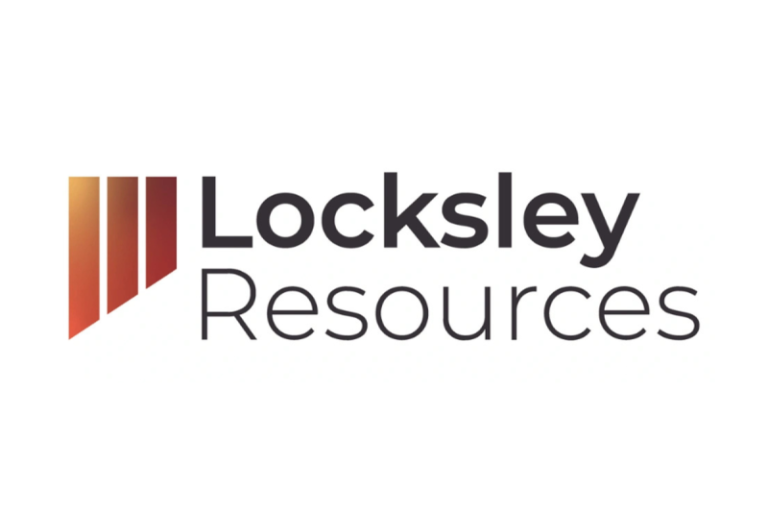Here’s a quick recap of the crypto landscape for Monday (October 13) as of 9:00 a.m. UTC.
Get the latest insights on Bitcoin, Ether and altcoins, along with a round-up of key cryptocurrency market news.
Bitcoin and Ether price update
Bitcoin (BTC) and major cryptocurrencies rebounded at the start of the week, regaining ground after a sharp October 10 selloff triggered by US President Donald Trump’s renewed tariff threats against China. The correction, which wiped out billions in leveraged positions, marked one of the largest single-day liquidations in crypto trading history.
Bitcoin price performance, October 13, 2025.
Chart via TradingView.
Bitcoin has climbed 2.2 percent in the past 24 hours to trade above US$114,200; the coin plunged below US$109,000 late on October 10 after setting a record high near US$126,200 earlier last week.
The weekend rebound followed Trump’s more conciliatory Truth Social post on October 12, where he wrote:
“Don’t worry about China, it will all be fine! Highly respected President Xi just had a bad moment. He doesn’t want Depression for his country, and neither do I. The U.S.A. wants to help China, not hurt it!!!”
Data from CoinGlass reveals over 1.6 million trades were liquidated on October 10, amounting to more than US$19 billion in forced sales across the crypto market. Other reports place the figure at roughly US$20 billion, the largest single-day liquidation in crypto history, as leveraged long positions on Bitcoin and Ether were rapidly unwound.
The event also saw major altcoins like XRP, Dogecoin and Cardano slump by as much as 30 percent, deepening what traders have described as a “cascade of leveraged liquidations.”
According to Bitcoin researcher Axel Adler Jr., the October 10 shock “changed the regime to moderately bearish,” though market structure indicators suggest the downturn has yet to reach capitulation levels.
Adler also notes that the Bitcoin Bull-Bear Structure Index dropped by 8 percent, and a further decline to -15 percent would “signal continued bearish pressure and the risk of retesting local lows.”
Bitcoin dominance in the crypto market now stands at 56.01 percent.
Ether (ETH) was trading at US$4,105.84 as of the time of this writing. Its lowest valuation on Monday was US$3,802.06, and its highest was US$4,196.98.
Altcoin price update
- Solana (SOL) was priced at US$199.11, an increase of 5.8 percent over the last 24 hours and its highest valuation of the day. Its lowest valuation on Monday was US$179.
- XRP was trading for US$2.57, up by 6.8 percent over the last 24 hours. Its lowest valuation of the day was US$2.37, and its highest was US$2.64.
ETF data and derivatives trends
The Fear & Greed Index currently reads 40, climbing back to neutral territory after crashing to ‘fear’ last week.
Last week, the cumulative net flows for spot Bitcoin exchange-traded funds (ETFs) were predominantly positive despite the sudden crash on the tail end. According to data from the week of October 6 to October 12, spot Bitcoin ETFs had inflows on four days, with October 10 being the outlier at US$4.5 million in outflows. The inflows were led by BlackRock’s iShares Bitcoin Trust (NASDAQ:IBIT) and the Fidelity Wise Origin Bitcoin Fund (BATS:FBTC).
Cumulative total inflows for spot Bitcoin ETFs stood at US$62.77 billion as of October 10.
Today’s crypto news to know
Crypto funds log US$3.17 billion in inflows despite tariff turmoil
Digital asset investment products saw US$3.17 billion in inflows last week, shrugging off the volatility sparked by renewed US-China tariff tensions. According to CoinShares, Bitcoin accounted for $2.67 billion of that total, underscoring its dominance in institutional portfolios as exchange-traded product volumes hit a record US$53 billion.
US spot Bitcoin ETFs alone attracted US$2.71 billion, even as major cryptocurrencies corrected midweek. October 10’s minor US$159 million outflow suggests investors were largely unfazed by short-term market shocks.
Furthermore, year-to-date inflows have reached a record US$48.7 billion, already surpassing 2024’s full-year total, which analysts say is indicative of a resilient capital rotation into crypto.
House of Doge to list on Nasdaq
In a bid to bring Dogecoin deeper into traditional finance, House of Doge — the corporate arm of the Dogecoin Foundation — announced plans to debut on the Nasdaq via a reverse merger with Brag House Holdings (NASDAQ:TBH).
CEO Marco Margiotta said the listing will help fund new payment and yield infrastructure for Dogecoin, including a pending spot ETF with 21Shares and a treasury product already trading on the NYSE. Backers include Elon Musk’s attorney Alex Spiro, former Texas Governor Rick Perry and members of the Steinbrenner family.
Margiotta said being public will accelerate Dogecoin’s integration into retail payments and cultural sectors like sports, where the firm plans to launch tokenized fan initiatives.
Dogecoin rose more than 10 percent following the announcement. The deal is expected to close in early 2026.
Securities Disclosure: I, Giann Liguid, hold no direct investment interest in any company mentioned in this article.










